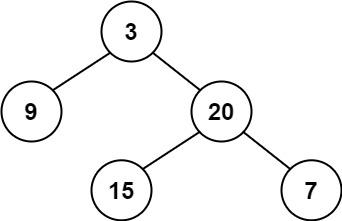Given the root of a binary tree, return the preorder traversal of its nodes’ values.
Example 1:

Input: root = [1,null,2,3] Output: [1,2,3]
Example 2:
Input: root = [] Output: []
Example 3:
Input: root = [1] Output: [1]
Example 4:

Input: root = [1,2] Output: [1,2]
Example 5:

Input: root = [1,null,2] Output: [1,2]
Constraints:
- The number of nodes in the tree is in the range
[0, 100]. -100 <= Node.val <= 100
Idea:
- Create an empty stack and push root node to stack
- Do the following while stack is not empty:
- Pop an item from the stack and store to result array
- Push right child of a popped item to stack
- Push left child of a popped item to stack
Right child is pushed first: The right child is pushed before the left child to make sure that the left subtree is processed first.
Solution:
/**
* Definition for a binary tree node.
* function TreeNode(val, left, right) {
* this.val = (val===undefined ? 0 : val)
* this.left = (left===undefined ? null : left)
* this.right = (right===undefined ? null : right)
* }
*/
/**
* @param {TreeNode} root
* @return {number[]}
*/
var preorderTraversal = function(root) {
let res = [];
// empty tree case:
if (root === null) return res;
let stack = [];
// preorder visit: root -> left -> right
// so the right child is pushed before the left child
// to make sure that the left subtree is processed first.
stack.push(root);
while (stack.length !== 0) {
let cur = stack.pop();
res.push(cur.val);
if (cur.right) stack.push(cur.right);
if (cur.left) stack.push(cur.left);
}
return res;
};

